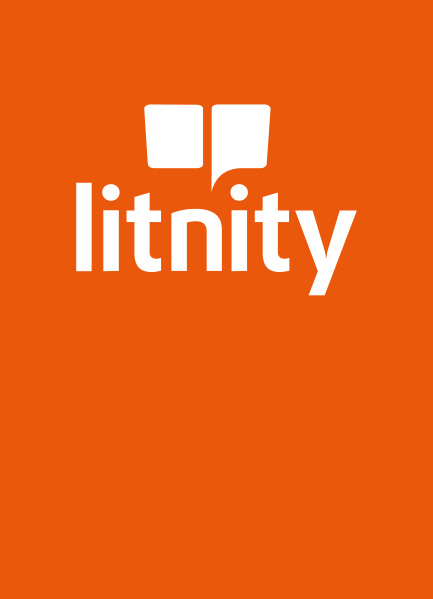Crowdsourcing and crowds are greatly underleveraged due to some key assumptions. The common mistake is to make crowds opaque such that they do not share knowledge with each other, do not inspire each other to generate more innovation, and are focused on contributing individual ideas directly to the organizations sponsoring the crowds. As a result, the crowds are not optimized for collaborative unexpected innovation. When crowds are made transparent – allowed to share any and all knowledge they have pertaining to the problems, and inspire each other – they can achieve much better innovative outcomes. Such crowds can be composed of relative strangers, inside and outside the organization, who are asked to spend too much time to participate, and can contribute their knowledge (not just the high bar of an idea) to a common internet-based platform. This book uses rigorous but highly practical deep field research to succinctly highlight the science behind optimally using open crowds to solve big business and societal problems.The authors present case studies of crowds that have achieved innovative outcomes in the fields of health care insurance, toy industry, entertainment industry, software industry, and country-level social research. These crowds have developed innovative ideas while collaboratively and virtually working with others in the crowd, to create new business models, new product lines, new strategies for growth, solving global transportation problems, and even suggesting ways to solve New Zealand’s pest problem. Readers will learn what works and doesn’t work, what current practices may be sub optimizing the use of crowds, and what can be done in the future to make the crowds even more innovative. This book will highlight for researchers and practitioners the ways of optimally using crowds for innovation while also drawing attention to socio-ethical issues and business risks that need to be considered to continually and sustainably use crowds for commercial and societal purpose.
- Veröffentlicht am Freitag 13. März 2020 von Springer International Publishing
- ISBN: 9783030255565
